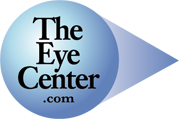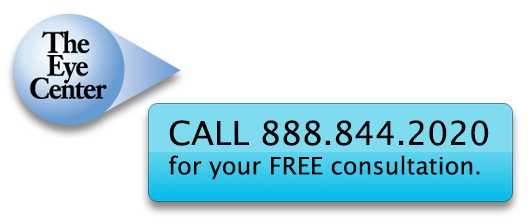Presbyopia (aging eyes)
Presbyopia: Overview
No Printable Version (PDF)
When young, the lens of the eye is soft and flexible; allowing people to see objects both close and far away. After the age of 40, the lens of the eye becomes more rigid, making it more difficult for the lens to change its shape, or accommodate, to do close work such as reading. This condition is known as presbyopia and is the reason reading glasses or bifocals are necessary at some point after age forty. Hold the book up close and the words appear blurred. Push the book farther away, and the words snap back into sharp focus. That’s how most of us first recognize a condition that is called presbyopia, a name derived from Greek words meaning “old eye.” Eye fatigue or headaches when doing close work, such as sewing, knitting or painting, are also common symptoms. Because it is associated with aging, presbyopia is often met with a groan — and the realization that reading glasses or bifocals are inevitable.
More Information on Presbyopia – Age-Related Farsightedness:
Regardless of eye condition in your youth, your eyes will most likely begin to change as you reach your mid-40s and beyond. You will find yourself holding the newspaper a little farther away in order to focus better on the words. This common age-related condition is called presbyopia or farsightedness brought on by the changing shape and flexibility of the eyes’ lens. The eyes continue to change the older you get and corrective glasses or contact lenses are inevitable.
When Will I Need Glasses?
Presbyopia does not happen over night. It is a progressive condition that probably started in your 30s and became a nuisance later on. Regular eye exams are very important so that corrective glasses or contacts can be prescribed. Some telltale signs that you need to see your doctor or renew your prescription are as follows:
- Holding reading material out at arms length to focus on the words
- Problems reading the dashboard while driving in the evening or at night
- Reading in dimmed light (reading a menu at a restaurant)
- Experiencing headaches and eye pain after reading
Depending upon your eyesight before the onset of presbyopia, you will be fitted with bifocals, half glasses or prescription reading glasses or contact lenses that also correct any previously diagnosed vision problems. Bifocals divide the lenses in half so that when reading material is close, you look down into the lower half of the glasses into magnified lenses and then when you look up the lenses are clear. Half glasses are just as they sound, a half circle that magnifies words that you are reading. Most people continue to enjoy reading well into retirement. Your prescription will continue to change, so visit your ophthalmologist yearly.
This educational material is provided by Dialog Medical.
© Copyright 2005 Dialog Medical
All Rights Reserved
The Eye Center
Call Toll Free 1.888.844.2020

